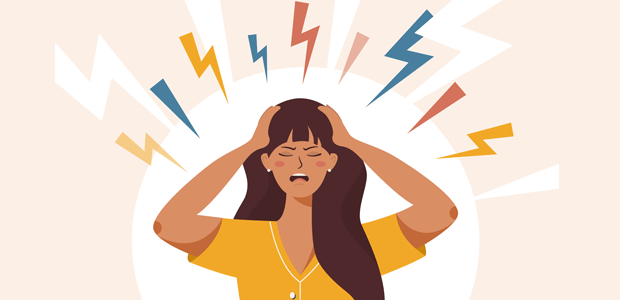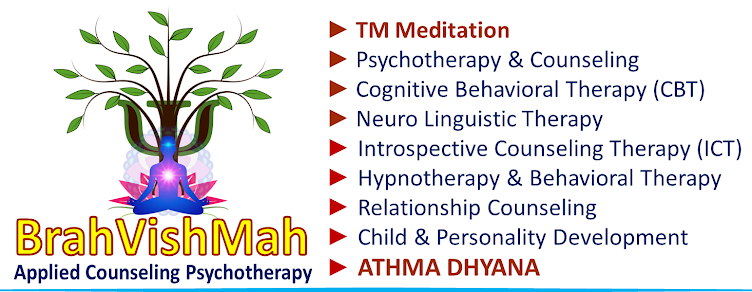Trichotillomania
is one of the Obsessive Compulsive Disorders (OCDs). It is also known as hair-pulling
disorder or compulsive hair pulling, is a mental disorder characterized by a
long-term urge that results in the pulling out of one's own hair. It describes
an impulsive disorder of the mind where individuals cannot prevent the urge to
pull out their hair from various body parts like eyebrows or eyelashes, scalp,
beard, or mustaches.

PSYCHOPATHOLOGY
1) Trichotillomania
is one of the types of traumatic alopecia and is defined as the irresistible
urge to pull out the hair, accompanied by a sense of relief after the hair has
been plucked
2) In
trichotillomania alopecia results from deliberate efforts of the patients who
is under tension or is psychologically disturbed
3) The
condition maybe episodic and the chronic type is difficult to treat. The
prevalence of the condition appears to be more common than previously believed
4) The
purpose of this article is to discuss the various aspects of the condition including
the available treatments
5) It
is noted predominantly in girls and women and occurs more commonly in children
than in adults. It occurs more than twice as frequently in females as in males
6) The
preponderance may be due in part to women′s greater willingness to seek medical
care; men may hide their hair pulling better by masking if as male pattern
baldness and shaving their mustaches and beards
7) Affected
children may be seven times more than adults. The age of onset is usually
between 5 and 12 years with equal sex distribution or early childhood to
adolescence
8) When
it occurs later in life, during adulthood or in older patients, it is
associated with psychopathology and with c poorer prognosis
CLINICAL FEATURES
1) Scalp
is involved in majority of cases Eyebrows, eyelashes, facial hairs, pubic,
axillary, chest, abdominal or extremity hairs are involved in some.
2) The
hair pulling develops gradually and unconsciously but is not usually denied by
the patient in the younger age group
3) In
more severe form, the patient usually consistently denies plucking his or her
hair. Most frequently hair is plucked from one front-parietal region, which is
on the side of manual dominance
4) The
temporal and occipital regions are usually spared. Typically the hairs are
short, irregular, broken at various distance and distorted
5) On
scalp an ill-defined patch develops in majority, but the full scalp may be
involved in some. The clinical presentation of the lesion is characteristic
6) The
linear or circular patches with irregular borders containing hairs of the
varying length, the shortest being those most frequently plucked, result due to
plucking of hairs either in a wavelike fashion across the scalp or
centrifugally from a single point
7) Less
severely affected patients may have only small areas of baldness or
imperceptible thinning over the entire head
CAUSES
I. Genes:
People who do hair pulling may have genes that make it more likely.
II. Hormones:
Puberty hormones and stress hormones may prompt hair pulling to start in those
who have the genes for it.
III. Habit
learning: Many people with trichotillomania feel an itch, tingling, or an urge
to do it. When they pull hair, they get a brief sense of relief. To the brain,
this relief is a reward. The brain releases reward hormones, such
as dopamine. This links hair pulling with the reward. It causes a
hair-pulling habit to form.
PSYCHOTHERAPY: It is one of
the effective treatments for mental disorders. Psychotherapy for
Trichotillomania may incorporate psychological treatment, which endeavors to
recognize and adjust the thoughts and feelings that lead to specific practices,
for example, hair pulling. Common treatments for people with Trichotillomania
incorporate reversing the daily habits, emotional supports, and controlling the
impulse to pull out hair.
1) Contending response training: The individual works on
replacing the hair pulling habit with an alternate habit. This training is
useful for children and teens.
2) Inspiration and consistency
training:
The individual participates in exercises and practices that help them to
remember the significance of staying with the treatment. This may incorporate
accepting praise from family members for progress made during treatment.
3) Relaxation training: The individual practices
unwinding strategies, for example, reflection and profound relaxation. These
methods of training help them to ease their pressure and stress and ultimately
reduce the hair pulling.
4) Generalization training: The individual practices their
new abilities in various circumstances to get programmed in their daily
routine.
5) Family therapy: Family therapy is especially
valuable when a kid or youngster has a significant issue that is influencing
the other family members, as may be the case with Trichotillomania. Your family
can assist you in addressing the issue that is making you pull your hair. In
this treatment, a counsellor will meet the entire family and study their
perspectives and connections to comprehend the issues the family is having. It
encourages relatives to discuss the issues better with one another.
6) Hypnosis: is also a proven treatment
method which can be utilized to adjust your condition of consciousness. The
hypnotist would then be able to recommend a solution like changing your
conduct. While you are in this modified state, you might be bound to
acknowledge the recommended changes and quit the habit of pulling your hair.







